Makena State Park
- February 1, 2024
- 0 comment
Discover Maui’s Makena State Park: pristine beaches, dramatic volcanic scenery, and rich wildlife in a serene Hawaiian setting. Makena State Park in Maui, Hawaii, is a serene Hawaiian oasis where pristine beaches meet dramatic volcanic scenery, creating a rich wildlife habitat. This breathtaking park, spanning over 165 acres, features some of Maui’s most famous beaches, including Big Beach and Little Beach.

Big Beach, known for its golden sands and clear waters, is perfect for sunbathing and bodyboarding, while the smaller, more secluded Little Beach offers a relaxed atmosphere. The park’s natural beauty is further accentuated by its rugged volcanic landscapes, including the dormant Puʻu Olai cinder cone, offering stunning panoramic views. Ideal for nature enthusiasts, beach lovers, and those seeking a peaceful retreat, Makena State Park showcases the best of Hawaii’s diverse and enchanting environment.
Characterizing Features of Makena State Park
- Expansive Beaches: Makena State Park is renowned for its vast and picturesque beaches, with Big Beach being the most prominent. Stretching over two-thirds of a mile, Big Beach is celebrated for its wide expanse of golden sand and clear, azure waters. This beach is a haven for sunbathers and a popular spot for locals and tourists alike. Its sheer size allows for ample space, even on busy days, providing a serene beach experience.
- Rugged Lava Formations: The park’s landscape is dramatically accentuated by its rugged lava formations, a testament to Maui’s volcanic history. These black and red lava rocks create a striking visual contrast against the soft sands and blue waters. They not only contribute to the park’s unique aesthetic but also provide habitats for various coastal species. Visitors are often fascinated by these formations, which serve as natural sculptures crafted by ancient volcanic activity.
- Panoramic Ocean Views: Offering some of the most spectacular ocean views on Maui, Makena State Park is a prime spot for sightseeing and photography. The park’s elevated areas, especially near the Pu’u Olai Cinder Cone, provide panoramic vistas of the Pacific Ocean. On clear days, the neighboring islands of Molokini, a crescent-shaped partially submerged volcanic crater, and Kahoolawe can be observed. These views are particularly stunning during sunrise and sunset, making them a must-see for visitors.
- Rich Cultural Heritage: Beyond its natural beauty, Makena State Park is steeped in Hawaiian culture and history. The area was once an essential site for native Hawaiians, known for its fishing grounds and salt pans. Throughout the park, there are remnants of its cultural past, including ancient fishing shrines and petroglyphs. These cultural sites offer a glimpse into the lives of early Hawaiians and their deep connection to the land and sea.
- Diverse Wildlife: The park’s diverse habitats support a variety of wildlife. The coastal areas are home to Hawaiian Green Sea Turtles, which can often be seen basking on the shores. The offshore waters are a playground for humpback whales during their migration season, offering spectacular whale-watching opportunities. Additionally, the park’s vegetation provides shelter and food for numerous bird species, making it a birdwatcher’s paradise.
- Recreational Opportunities: Makena State Park is not just about scenic beauty; it’s also a hub for recreational activities. The park’s beaches are ideal for swimming, bodyboarding, and snorkeling, offering encounters with vibrant marine life. Hiking enthusiasts can explore trails leading to the Pu’u Olai Cinder Cone and other scenic spots. The park’s wide-open spaces are perfect for picnics, games, and relaxation, catering to a variety of interests and age groups.
History of Makena State Park
Makena State Park’s history is deeply rooted in the cultural and natural heritage of Maui. The area around the park was historically significant to native Hawaiians, primarily due to its abundant fishing grounds and access to valuable resources like salt. These elements were crucial for sustaining local communities and for trade. The name “Makena” itself means “abundance” in Hawaiian, reflecting the area’s rich resources. Over the centuries, Makena evolved as a vital spot for early Hawaiian society, marked by various archaeological sites, including ancient fishing shrines and remnants of old Hawaiian settlements. This deep historical connection adds a layer of cultural significance to the park’s natural beauty.

In the 19th and early 20th centuries, Makena’s landscape witnessed a transformation due to the influx of immigrants and the rise of the sugar industry in Maui. The region’s port, Makena Landing, became a bustling point of entry for goods and people. Despite these developments, the area managed to retain much of its natural charm. In the latter part of the 20th century, recognizing the need to preserve its unique environment and cultural heritage, efforts were made to protect the area. Makena State Park was officially established, ensuring the conservation of its pristine beaches, rich marine life, and historical sites. Today, the park not only offers recreational activities but also serves as a living reminder of Hawaii’s diverse history and cultural evolution.
Unique Ecosystem of Makena State Park
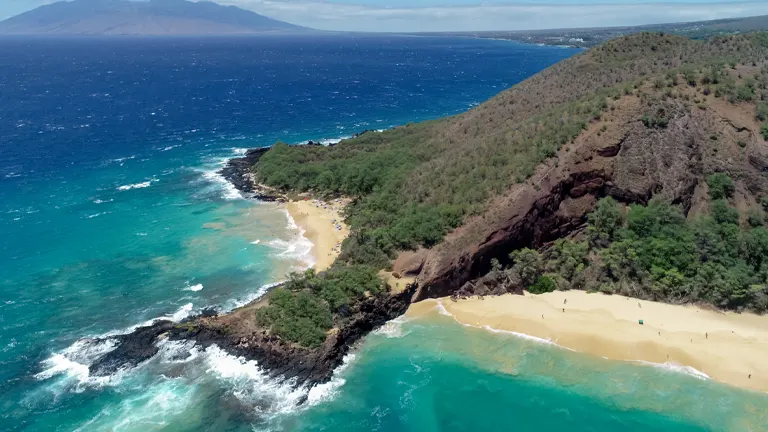
Makena State Park boasts a unique ecosystem, characterized by its remarkable blend of marine and terrestrial habitats. This ecosystem supports a diverse array of flora and fauna, adapted to both the coastal and inland environments of the park. The marine ecosystem is particularly vibrant, home to a variety of fish, coral species, and marine mammals, including the Hawaiian Green Sea Turtle and occasional visits by humpback whales. On land, the park’s ecosystem transitions from sandy beaches to rugged lava fields, hosting native vegetation like Kiawe trees and coastal shrubs that are well-adapted to the dry, sunny climate of Maui’s south shore. This rich biodiversity not only enhances the park’s natural beauty but also plays a crucial role in the ecological balance, making Makena State Park a vital natural habitat within the Hawaiian Islands.
Location of Makena State Park

Makena State Park is located on the southwestern shore of Maui, one of the Hawaiian Islands, in the United States. Situated just south of the Wailea resort area, the park is approximately 31 miles from Kahului Airport, the main airport on the island. This location, known for its dry and sunny climate, offers a more secluded and natural setting compared to the more developed resort areas nearby. With its proximity to the ocean, the park provides stunning coastal views and easy access to a variety of beach activities, making it a favored destination for both tourists and locals seeking a tranquil natural environment.
Here are directions and tips for getting to Makena State Park:
1. From Kahului Airport (OGG)
- Take Keolani Pl to merge onto HI-380/Dairy Rd.
- Follow HI-380 and then turn left onto HI-311 S/S Puunene Ave.
- Continue on HI-311 S which becomes HI-31 S/Piilani Hwy.
- Follow Piilani Hwy to Wailea Ike Dr in Kihei.
- Turn left onto Wailea Ike Dr.
- Continue on Wailea Ike Dr. Drive to Makena Alanui Rd.
- Makena State Park will be on your right.
2. Using Public Transportation
- Maui Bus does not provide direct service to Makena State Park. The nearest bus stop is in Wailea.
- From the Wailea bus stop, you can take a taxi or a ride-share service to cover the remaining distance to the park.
3. Driving from West Maui (Lahaina, Kaanapali)
- Take Honoapiilani Hwy (HI-30 E) to HI-380 in Kahului.
- Follow the same route as from Kahului Airport, using HI-311 S and then HI-31 S to Makena State Park.
4. Parking Information
- The park has a parking lot near Big Beach. It can fill up quickly, so arriving early is advisable.
- Be aware of any parking fees or regulations.
5. Alternative: Guided Tours
- Consider booking a guided tour that includes transportation to Makena State Park. This can be a convenient option, especially for first-time visitors.
6. Reminder for International Visitors
- If you’re renting a car, ensure you have a valid driver’s license and understand local driving laws.
- Driving in Hawaii is on the right side of the road, and speed limits and distances are in miles.
The Importance of Conservation and Recreation in Makena State Park
The importance of conservation and recreation in Makena State Park is paramount, balancing ecological preservation with human enjoyment. Conservation efforts in the park focus on protecting its diverse ecosystems, from marine habitats home to endangered species like Hawaiian Green Sea Turtles, to its unique lava formations and native vegetation. These efforts ensure the park remains a thriving natural habitat and a living example of Maui’s environmental diversity.
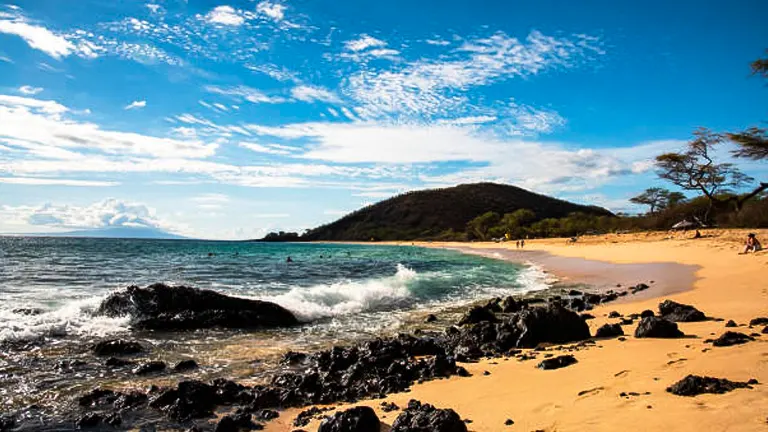
Simultaneously, the park is a recreational haven, offering activities like swimming, snorkeling, hiking, and wildlife watching, which not only enhance visitor experiences but also foster a deeper appreciation for natural preservation. This dual focus on conservation and recreation embodies a sustainable approach to enjoying natural beauty while ensuring its longevity for future generations.
Diverse Vegetation and Plant Species in Makena State Park
- Naupaka (Scaevola taccada): Naupaka is a common sight in Hawaiian coastal areas, including Makena State Park. This hardy shrub is easily recognizable by its distinctive half-flowers, which according to local legend, represent a separated lover. Naupaka thrives in sandy soils and helps in stabilizing beachfronts.
- Hala Tree (Pandanus tectorius): The Hala tree, or Pandanus, is notable for its unique aerial root system and pineapple-like fruits. It has cultural significance in Hawaiian traditions, where its leaves are used for weaving lauhala mats and other crafts. This tree is an important part of the coastal ecosystems, providing habitat and food for local wildlife.
- Kiawe (Prosopis pallida): Kiawe, a type of mesquite tree, is widespread in the drier regions of Maui, including the park. Known for its long thorns and sweet pods, the tree is a vital source of shade and contributes to the park’s diverse flora. Its deep root system helps in stabilizing the soil and preventing erosion.
- Beach Morning Glory (Ipomoea pes-caprae): This flowering vine, often found sprawling across the sandy beaches, is known for its heart-shaped leaves and vibrant purple flowers. It plays a critical role in sand dune stabilization and is a hardy species that can withstand the harsh coastal conditions.
- ‘Aki‘aki Grass (Sporobolus virginicus): ‘Aki‘aki is a salt-tolerant grass species commonly found in the park’s coastal areas. Its dense growth helps in binding the sand, preventing erosion, and maintaining the health of the dunes. This grass is a crucial component of the coastal ecosystem in Makena State Park.
- ‘Ilima (Sida fallax): The ‘Ilima plant, often considered the flower of the Hawaiian royalty, is a low-lying shrub with small, orange-yellow flowers. It thrives in the park’s dry, coastal environment. The flowers were traditionally used to make leis and hold cultural significance in Hawaiian practices.
- Milo (Thespesia populnea): Milo is a coastal tree, valued for its shade and ornamental properties. Its heart-shaped leaves and yellow hibiscus-like flowers add to the park’s scenic beauty. Historically, its wood was used in traditional Hawaiian woodcrafts.
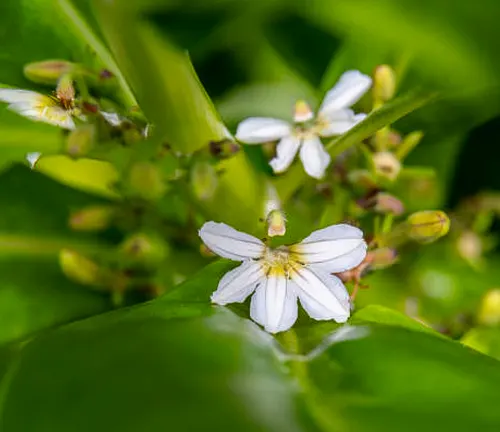
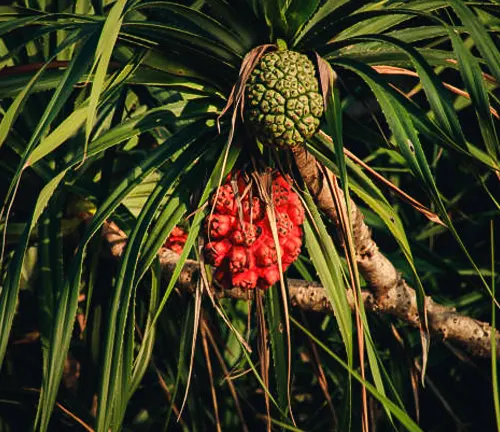
Fauna in Makena State Park
- Hawaiian Green Sea Turtle (Chelonia mydas): The Hawaiian Green Sea Turtle, known locally as “Honu,” is a frequent visitor to the park’s shores. These turtles are revered in Hawaiian culture and are often seen resting or foraging in the shallow waters. They are a protected species, and their presence highlights the park’s role in marine conservation.
- Humpback Whale (Megaptera novaeangliae): During the winter months, Humpback Whales can be spotted off the coast of Makena State Park. These majestic mammals migrate to the warm Hawaiian waters for breeding and are a spectacular sight for visitors, often seen breaching and spouting in the distance.
- Hawaiian Monk Seal (Neomonachus schauinslandi): The Hawaiian Monk Seal is one of the most endangered seal species in the world. Occasionally, these seals are seen on the park’s beaches, particularly on less crowded stretches. They are a critical species for marine ecosystems and are protected under federal law.
- Various Bird Species: Makena State Park is home to a variety of bird species, including seabirds and migratory birds. Some of the notable species include the White-tailed Tropicbird (Phaethon lepturus) and the Pacific Golden-Plover (Pluvialis fulva). These birds contribute to the park’s biodiversity and are essential for the ecological balance.
- Reef Fish and Marine Invertebrates: The park’s coral reefs are teeming with colorful reef fish, such as the Yellow Tang (Zebrasoma flavescens) and the Parrotfish (family Scaridae). In addition, a variety of marine invertebrates, including sea urchins and crustaceans, can be found in the park’s underwater habitats, making it a vibrant spot for snorkeling and diving.
- Hawaiian Hoary Bat (Lasiurus cinereus semotus): The Hawaiian Hoary Bat, or ‘Ōpe‘ape‘a, is Hawaii’s only native land mammal and can sometimes be spotted in the park at dusk. This bat is an important part of the island’s ecosystem, acting as a pollinator and insect controller.
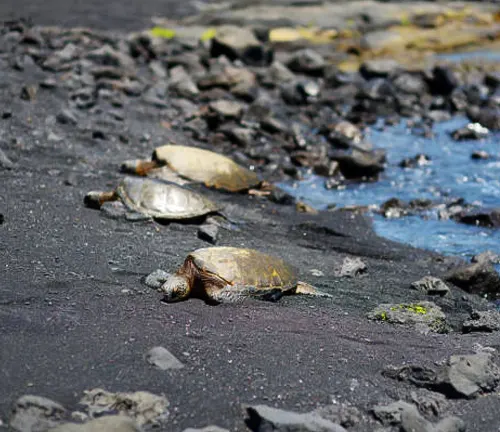
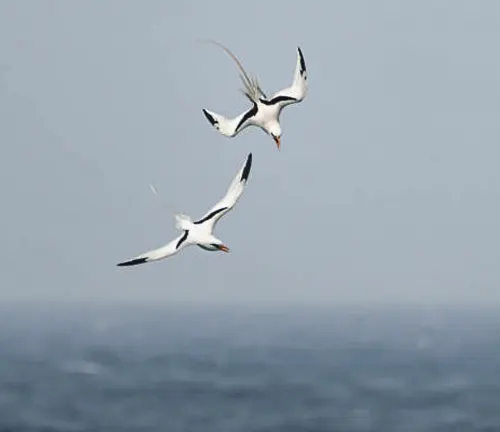
Attractions in Makena State Park
‘Oneloa Beach (Big Beach)
‘Oneloa Beach, more commonly known as Big Beach, is one of the park’s main attractions. Stretching over two-thirds of a mile with golden sands and turquoise waters, it’s perfect for sunbathing, picnics, and swimming. However, visitors should be cautious of the strong shore break and powerful currents. This beach’s expansive size makes it a favorite for those seeking a spacious beach experience away from the more crowded areas.
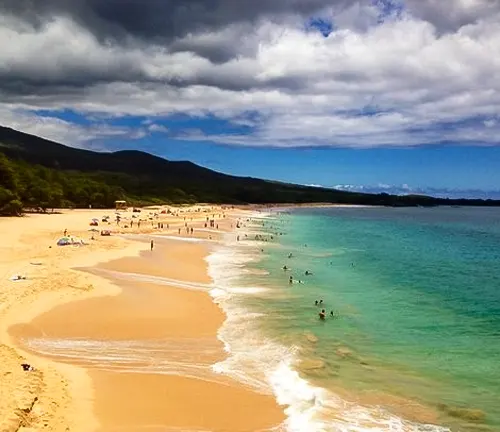
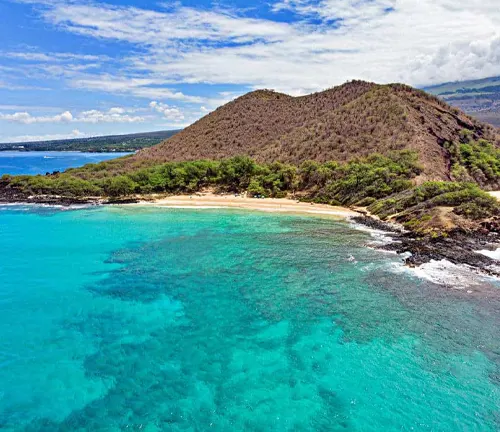
Little Beach (Pu‘u Olai Beach)
Just north of Big Beach, separated by a rocky outcrop, lies Little Beach. Known for its more secluded and intimate setting, this beach is popular among those seeking a quieter experience. It’s also well-known for its Sunday afternoon drum circles and fire dancing performances. Please note that Little Beach is often used as a clothing-optional area, which, while not officially sanctioned, is a known aspect of its character.
Pu‘u Olai Cinder Cone
Dominating the landscape of Makena State Park, the Pu‘u Olai Cinder Cone is a prominent geological feature. Hiking to the top of this 360-foot volcanic cone offers panoramic views of the surrounding area, including the park’s beaches and the Pacific Ocean. The hike is relatively short but can be steep and challenging in parts, so it’s advisable to be well-prepared with appropriate footwear and water.
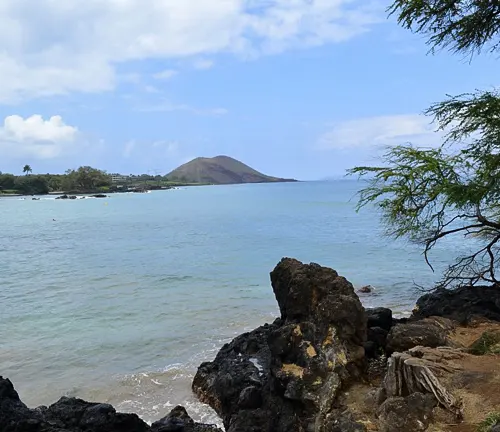

Lava Fields
The park’s lava fields are a testament to Maui’s volcanic past. These fields, with their rugged terrain and unique formations, provide a stark contrast to the park’s sandy beaches. They are a great spot for exploring and photography, offering a glimpse into the island’s geological history.
Recreational Activities in Makena State Park
- Swimming and Sunbathing: With its expansive and picturesque beaches, particularly Big Beach, Makena State Park is an ideal location for swimming and sunbathing. The clear, blue waters and soft golden sands offer a quintessential beach experience. Visitors should be aware of the strong currents and occasional high surf, especially on Big Beach, and always swim in areas monitored by lifeguards.
- Snorkeling and Scuba Diving: The park’s clear coastal waters are home to vibrant coral reefs and an abundance of marine life, making it a fantastic spot for snorkeling and scuba diving. The areas around the rocky outcrops at the ends of the beaches provide excellent opportunities to observe a variety of fish, sea turtles, and other marine species in their natural habitat.
- Hiking: For hiking enthusiasts, Makena State Park offers trails leading up to the Pu‘u Olai Cinder Cone and along the rugged lava coastline. These hikes provide stunning views of the ocean and surrounding landscapes. The trails vary in difficulty, so hikers of all levels can find a route that suits them. It’s important to wear proper hiking shoes and bring water, as the trails can be challenging and the climate is often hot and sunny.
- Whale Watching: During the winter months, Makena State Park becomes a prime location for whale watching. The park’s coastline offers fantastic vantage points to observe humpback whales as they migrate through the Hawaiian waters. Visitors can often spot these magnificent creatures breaching and spouting from the park’s beaches or higher elevations.
- Beach Sports and Games: The wide-open spaces of Big Beach and other areas within the park are perfect for beach sports and games like frisbee, beach volleyball, and soccer. These activities are a great way to enjoy the park’s beautiful natural setting while engaging in fun and healthy physical activities.
- Photography and Wildlife Observation: With its diverse landscapes, ranging from sandy beaches to lava rock formations, and its rich wildlife, including birds and marine animals, Makena State Park is an excellent spot for photography enthusiasts and wildlife observers. The natural beauty of the park provides countless opportunities for capturing stunning photographs and observing Hawaiian flora and fauna.
- Cultural Exploration: Visitors interested in Hawaiian culture and history can explore the various archaeological sites within the park. These include ancient fishing shrines and remnants of old settlements, offering a glimpse into the rich cultural past of the Hawaiian Islands.

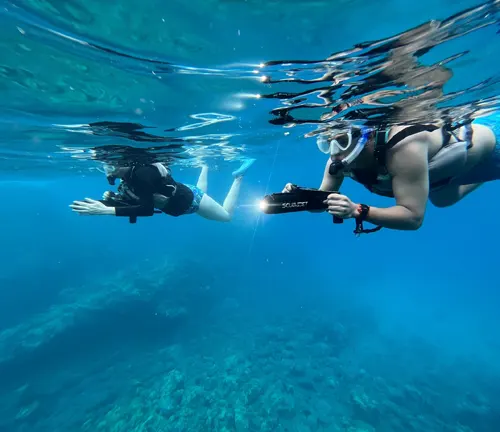
Different Facilities and Amenities in Makena State Park
- Parking Areas: Makena State Park provides designated parking areas, particularly near Big Beach. These lots offer convenient access to the beach and other park attractions. It’s advisable to arrive early, especially on weekends and holidays, as parking spaces can fill up quickly. Some areas might require a parking fee, so visitors should be prepared with cash.
- Picnic Areas: Scattered throughout the park are several picnic areas equipped with tables and benches. These spots are ideal for family gatherings, lunches, or a restful break in between activities. The picnic areas offer a pleasant outdoor dining experience with beautiful views of the surrounding landscape.
- Restrooms and Shower Facilities: The park is equipped with restroom and shower facilities, especially near the main beach areas. These facilities are maintained for visitor convenience, allowing for a comfortable and extended stay at the beach. It’s recommended for visitors to use the showers to rinse off sand and saltwater after beach activities.
- Lifeguard Stations: At Big Beach, there are lifeguard stations manned by professional lifeguards during specific hours. These lifeguards ensure the safety of swimmers and beachgoers, providing peace of mind for families and individuals enjoying the water. Visitors should always heed lifeguard warnings and swim in designated areas.
- Informational Signage: Throughout Makena State Park, informational signs provide visitors with insights into the park’s history, ecology, and cultural significance. These signs enhance the visitor experience by offering educational content about the park’s natural and cultural resources.
- No Commercial Facilities: It’s important to note that Makena State Park does not have commercial facilities like restaurants or shops. Visitors should bring their own food, water, and necessary supplies. This lack of commercialization helps preserve the natural ambiance of the park.
Tips and Advice for Visiting Makena State Park
- Arrive Early for Parking: Since the parking areas, particularly near Big Beach, can fill up quickly, it’s advisable to arrive early, especially on weekends or holidays. This ensures you get a good parking spot and can enjoy a full day at the park. Early arrival also means you can enjoy the tranquility of the beach before the crowds arrive.
- Be Prepared for Sun Exposure: The Hawaiian sun can be quite intense, especially in the open areas of the park. Bring sunscreen, hats, sunglasses, and cover-ups to protect yourself from sunburn. It’s also wise to seek shade during the hottest parts of the day and stay hydrated by bringing plenty of water.
- Respect the Ocean: The ocean currents and waves at Makena State Park, especially at Big Beach, can be strong and unpredictable. Always swim in areas monitored by lifeguards and heed their warnings. Parents should keep a close eye on children at all times. It’s important to respect the ocean’s power for a safe and enjoyable visit.
- Leave No Trace: To help preserve the natural beauty of the park, practice the principles of Leave No Trace. This includes packing out all your trash, staying on designated trails to protect wildlife habitats, and not disturbing or removing natural and cultural resources.
- Bring Necessary Supplies: Since the park lacks commercial facilities, visitors should bring their own food, water, and any other necessary supplies such as beach chairs, umbrellas, and snorkeling gear. Being well-prepared enhances the overall experience and allows for a comfortable day in the park.
- Check Weather and Surf Conditions: Before your visit, it’s a good idea to check the local weather and surf conditions. This information can help you plan your activities and ensure you’re prepared for the day’s conditions. Maui’s weather can be variable, and being informed helps in making the most of your visit.
- Explore Beyond the Beach: While the beaches are a major draw, Makena State Park offers more than just sand and surf. Take time to explore the hiking trails, observe the diverse wildlife, and visit cultural sites within the park. This will give you a fuller appreciation of the park’s natural and historical significance.
- Be Mindful of Wildlife: The park is home to various species of wildlife, including endangered sea turtles and monk seals. It’s important to observe these animals from a distance and not disturb them, as they are protected by law. This respect for wildlife ensures their safety and the preservation of the park’s ecosystem.
Recommendation
For those seeking a mix of adventure, relaxation, and natural beauty, Makena State Park is a highly recommended destination. Its unique blend of cultural history, diverse ecosystems, and stunning landscapes offer an unforgettable experience.
Conclusion
In conclusion, Makena State Park stands out as a remarkable natural sanctuary, offering a harmonious blend of stunning beaches, rich cultural history, and diverse wildlife. Whether you’re seeking adventure along its hiking trails, tranquility on its expansive sands, or a glimpse into Hawaii’s vibrant marine life, this park caters to a wide array of interests. Its commitment to conservation and the absence of commercialization allow visitors to immerse themselves in the unspoiled beauty of Maui. Makena State Park is not just a destination; it’s an experience that encapsulates the essence of Hawaii’s natural splendor and cultural richness.
FAQs
- Is there an entrance fee for Makena State Park?
No, there is no entrance fee for Makena State Park. Visitors can enjoy the park’s natural and cultural attractions free of charge. - Are there designated swimming areas at Makena State Park?
Yes, there are designated swimming areas, particularly at Big Beach. However, visitors should be aware of strong currents and waves, and it’s advised to swim in areas monitored by lifeguards. - Can I snorkel at Makena State Park, and are there rental facilities nearby?
Yes, snorkeling is a popular activity at Makena State Park, especially around the rocky outcrops. While there are no rental facilities within the park itself, nearby beach towns offer snorkeling gear for rent. - Are there hiking trails within Makena State Park?
Yes, the park offers several hiking trails, including trails leading up to the Pu‘u Olai Cinder Cone and along the coast. These trails vary in difficulty and provide stunning views and opportunities to explore the park’s diverse landscapes. - Is camping allowed in Makena State Park?
No, camping is not allowed within Makena State Park. Visitors are encouraged to explore the park during daylight hours. - Are there restroom facilities available in the park?
Yes, Makena State Park is equipped with restroom facilities, particularly near Big Beach and Little Beach. These facilities are well-maintained for visitor convenience. - Is wildlife viewing possible in the park, and what species might I see?
Yes, wildlife viewing is a popular activity. Visitors might see Hawaiian Green Sea Turtles, a variety of bird species, and during the winter months, humpback whales off the coast. It’s important to observe wildlife from a respectful distance. - Are barbeque grills or picnic areas available in Makena State Park?
The park has picnic areas, but barbeque grills are not provided. Visitors are welcome to bring their portable grills, provided they follow park rules and ensure that all fire safety measures are adhered to.
We hope this exploration has inspired you to experience its natural wonders and cultural treasures firsthand. Remember, whether you’re basking on its sun-kissed beaches or hiking through its lush landscapes, Makena State Park is a slice of paradise waiting to be discovered. Aloha and happy travels!

Benjamin Brooks
Forestry AuthorGreetings! I'm Benjamin Brooks, and my journey over the past 15 years has revolved around the fascinating realms of content creation, expertise in snow clearing, and the intricate world of lumberjacking and landscaping. What began as a simple curiosity about the natural world and heavy machinery has evolved into a passionate profession where my love for crafting words intertwines seamlessly with my lumberjacking and garden skills.

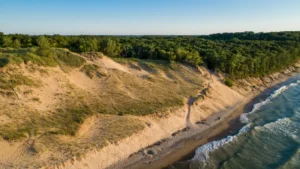
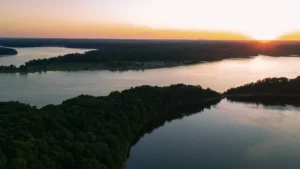

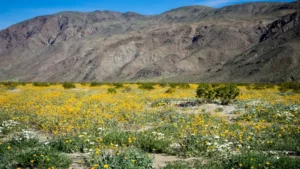
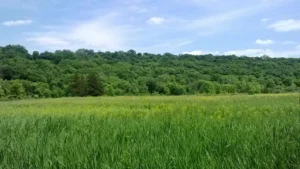

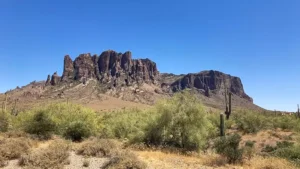


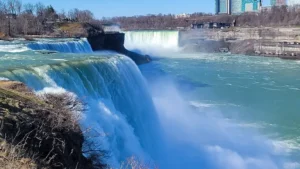
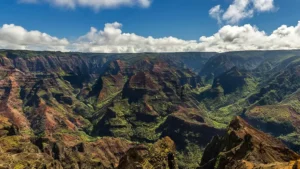
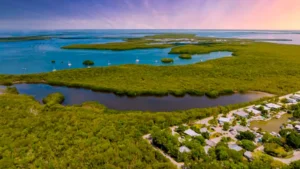
Leave your comment